Air Pollution and Its Impact on India
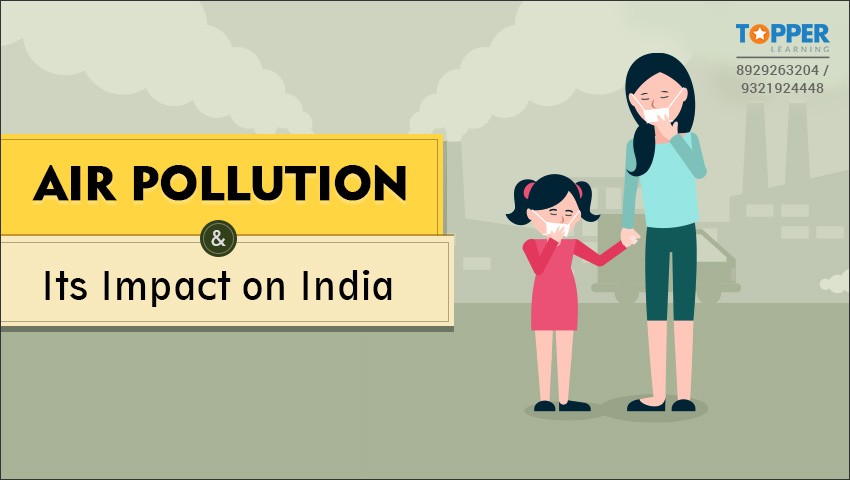
Air pollution is becoming a major issue in India. Many people are facing health issues due to air pollution. Learn more about air pollution, its leading causes, and preventive measures in this article.
By Topperlearning Expert 07th Nov, 2023 | 12:27 pm
ShareAir pollution in India has reached an alarming peak, with severe consequences for the health of its citizens across various regions. The capital city, Delhi, has become one of the world's most polluted cities. According to recent studies, air pollution is said to shorten lives by 11.9 years if the current air pollution level continues in Delhi. Let’s understand the impact and causes of air pollution with the necessary prevention and protection methods in this article.
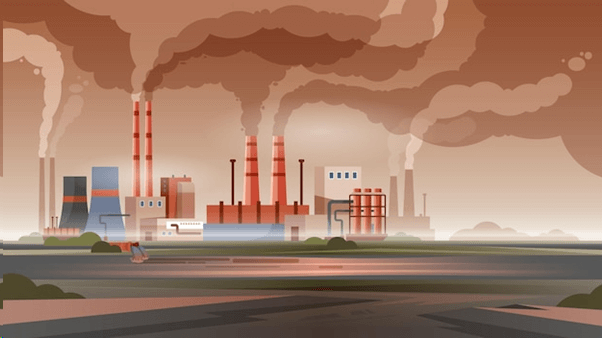
- Understanding Air Pollution
To understand the severity of air pollution in India, it is crucial to be familiar with the parameters of air pollution measurement. Some commonly used terms are as follows:
- AQI: The Air Quality Index is an indicator that reports how polluted or clean the air around you is. The higher the AQI value, the greater the level of air pollution.
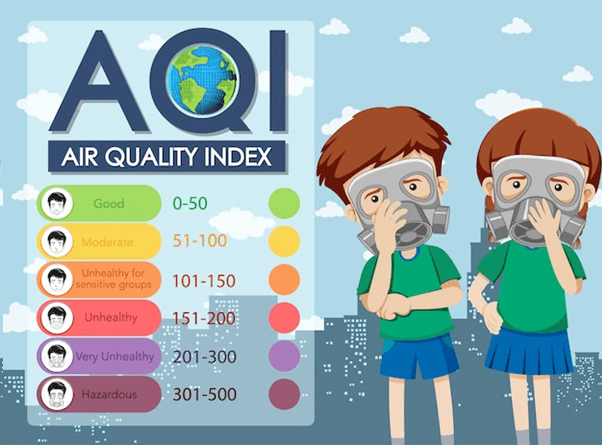
- PPM: Parts Per Million number tells how many parts of carbon dioxide are present in one million parts of air. So, if it is 516 ppm, it means one million particles of air have 516 particles of carbon dioxide.
- PM: Particulate matter refers to tiny airborne particles or droplets that can be inhaled into the lungs. (PM2.5) and (PM10) indicate particles with a diameter of 2.5 and 10 micrometres, respectively. The particulate matter causes particulate particle pollution, which can increase the risk of severe health problems.
Air Pollution in Different Indian Cities
According to the Energy Policy Institute, 1.3 billion people in India reside in areas where particle pollution from fine particles level exceeds the annual average particulate pollution level exceeds the 5 μg/m3 limit set by WHO.
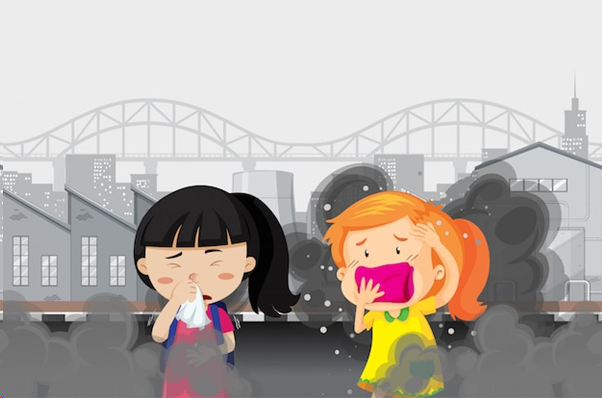
Air pollution is a serious concern in India. The condition is adverse in Delhi as it records an Air Quality Index (AQI) of 421, and a toxic haze persists over the city. Moreover, exposure to particulate matter is responsible for many deaths caused by air pollution in different states in India. Some of India’s most polluted cities, as per their annual PM2.5 levels, are as follows:
- Delhi (84.17 µg/m3)
- Jodhpur (67.25 µg/m3)
- Ghaziabad (65.53 µg/m3)
- Mumbai (64.73 µg/m3)
- Noida (64.00 µg/m3)
Causes of Air Pollution in India
There are numerous causes of air pollution, which give birth to many problems. The major air pollutants deteriorating the quality of air are particulate matter (PM2.5) and (PM10), carbon monoxide, sulphur dioxide, etc.

Some more causes of air pollution are as follows:
- El Nino: El Nino refers to a change in the climatic pattern. It is caused by a change in temperature between the ocean and the air over the east-central Tropical Pacific. The effects of El Nino are adverse all around the country as it disrupts the pressure distribution, affecting the monsoon season in India. According to a study, during El Nino, the rise in the sea-surface level increases the air pollution in northern India.
- Burning of Fossil Fuels: The burning of fossil fuels such as oil, gasoline, or coal releases carbon monoxide (CO) and some other air pollutants like nitrogen oxides in the air, deteriorating the air quality.
- Industrial Operations: Industrial activities emit several major air pollutants such as particulate matter, nitrogen dioxide, sodium dioxide, etc. Industrial pollution is not only the leading cause of the greenhouse effect but can also affect your health in many ways, like irritation in the eyes, chronic illness, asthma, and more.
- Vehicular Emissions: Vehicle pollution is one of the leading causes of air pollution in India. An increasing number of cars and other vehicles emit pollutants like carbon monoxide, hydrocarbons, particulate matter, etc. Gasoline burned by cars emits air pollutants, which is dangerously equivalent to smoking ten cigarettes in a day.
- Agricultural Activities: Fertilisers and pesticides used in agriculture contaminate the air. Different agricultural activities emit ammonia into the air, which further depletes the air quality.
Threatening Health Risks Caused by Air Pollution
Due to the alarming rise of air pollution, people in India are facing major health issues. The health issues caused by air pollution in India are as follows:
- Major respiratory issues, including respiratory obstructions and lung cancer
- Acute respiratory infections
- Asthma
- Heart Disease
- Difficulty in breathing
- Low birth weight and development issues in children
- Cardiovascular Diseases (CVDs)
Preventive Measures to Combat Air Pollution
Air pollution peaks, particularly during festive seasons. With Diwali around the corner, when fireworks add to the already high levels of pollution, it's essential for individuals to take proactive steps to reduce air pollution and make their environment safer to live in.
There are many preventive steps an individual can take to reduce air pollution and make the area safer to live around. Some effective measures to improve air pollution in India are as follows:
- One can use public transport like metros, buses, and trains to reduce vehicle pollution.
- If you own any vehicles, you can do a pollution check in vehicles to see if your vehicle is causing air pollution.
- You can plant trees in the areas near you to contribute to the cause.
- You can use recyclable products and avoid using plastic bags at all costs.
- Instead of using coal and wood for indoor cooking, you can choose other alternatives.
- When buying any vehicle, you can choose E-vehicles, which are comparatively more environmentally efficient and friendly.
- To avoid using coal energy, you can go for options like solar energy, electrical energy, etc.
- Say no to burning crackers at weddings/festivals.
- Spread awareness about air pollution to your family members, friends, neighbours, colleagues, and others.
Tips to Protect You and Your Family from Air Pollution
Air pollution is at its peak in India. It is high time to take some actions that can provide a safer space for you and your loved ones, including children, against the adverse effects of air pollution.
- Checking Air Quality: Keep an eye on the air quality index around your residential area. It can be monitored through different websites and apps that provide real-time insights into air quality. When the air quality index is high, you can limit outdoor activities.
- Ventilation: When air quality is good, you can open the window panels to allow fresh air to enter your house. Ventilation can be useful in decreasing indoor air pollutants present inside the household.
- Creating a Proper Indoor Environment: You can minimise the use of burning candles and incense in indoor settings. Installing air purifiers can help reduce indoor pollution as well.
- Eating Superfoods: Adding foods like fruits, vegetables, healthy fats, turmeric and legumes to your diet can boost your immunity and lung health.
- Masks: In case of any outdoor activity, never forget to carry or wear respiratory masks.
Watch this video to know more about air pollution and its adverse effects.
What to use: Respirators Vs. Masks
|
Respirators |
Masks |
|
Respirators can be ideal for protection against particulate matter (PM 2.5). |
Masks are usually ideal for surgery procedures. |
|
They are secured tightly around the face. |
They are comparatively loose around the face. |
|
They have minimal leakage when worn properly. |
Leakage occurs around the mask edge while breathing. |
|
Respirators have comparatively higher levels of protection and improved filtration. |
There is less filtration or protection as it is a cloth or procedural mask. |
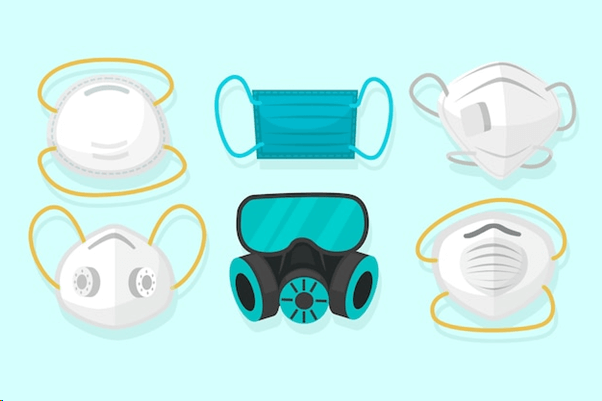
Conclusion
The air pollution situation is getting worse as each day passes by, but it can be prevented and improved in the upcoming years. The government is taking crucial initiatives to reduce air pollution, such as the odd-even rule in Delhi and many more.
Learn in detail about air pollution with TopperLearning to curate effective air pollution essays in exams. We bring you high-quality study materials like video lessons, sample papers, practice questions, textbook solutions, and more for CBSE, ICSE, Maharashtra Board, JEE and NEET to help you take your exam prep to the next level!
TopperLearning is now on WhatsApp Channels!
Click the link below to subscribe today and stay updated on the latest current affairs, study tips, our latest offerings and more. Click here!
More from Education
Important Resources
- Education Franchisee opportunity
- NCERT Solution
- CBSE Class 9 Mathematics
- NCERT Solutions for class 10 Science
- Sample Papers
- CBSE Class 9 Science
- NCERT Solutions for class 10 Maths
- Revision Notes
- CBSE Class 10 Hindi
- CBSE Class 10 English
- CBSE Class 10 English
- CBSE Class 10 Social Studies
- CBSE Class 10 Science
- CBSE Class 10 Mathematics
- Career In Science After 10
- Career In Commerce After 10
- Career In Humanities/Arts After 10
- NCERT Solutions for Class 10
- NCERT Solutions for Class 11
- Business Studies Class 12 CBSE project





